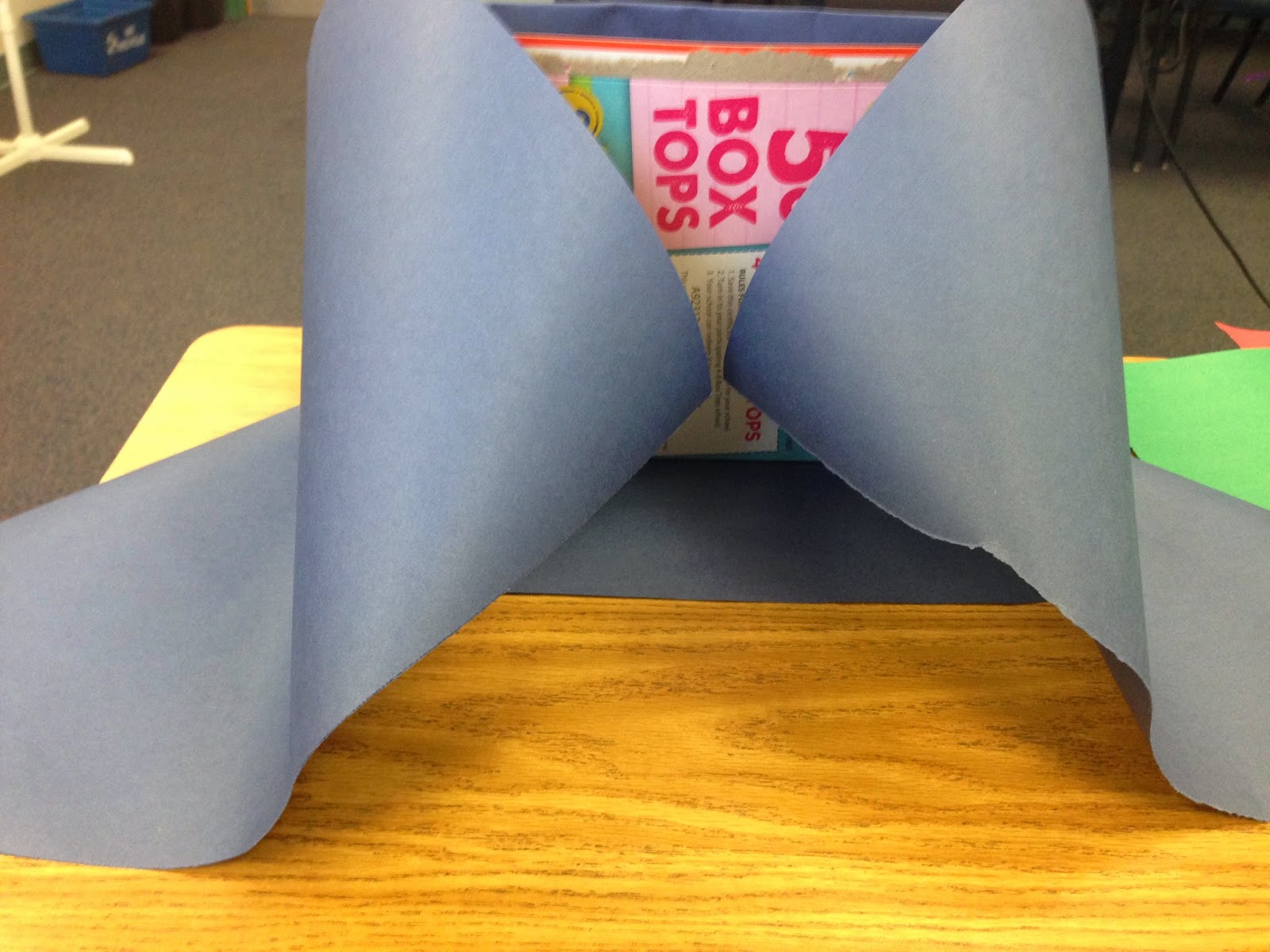Firm belief: classroom routines should be seamless.
They should require, after the first two weeks of school, zero work on your part and 100 percent of the work should be on students. I make this happen in many ways in my classroom - nearly all of which appear on the mythical STUDENT CART. It is the center of their universe in my classroom.
One of the treasures from the student cart is the Sign In/Out Log.
I start the year with a blank log and let students add their names. About two weeks in, class transfers have settled down enough to make official lists. I simply add their names in the left hand column (two pages on the excel sheet), print and add to the binder. Print one for every class, and you're done. Every week, I ask my student aide to write down the names of students who reached three or more tardies that week or three or more bathroom passes. I follow up with in-person conversations or phone calls home, where appropriate.
Save time and energy.
Never write a pass again.
You can access the excel sheet on my dropbox.
They should require, after the first two weeks of school, zero work on your part and 100 percent of the work should be on students. I make this happen in many ways in my classroom - nearly all of which appear on the mythical STUDENT CART. It is the center of their universe in my classroom.
One of the treasures from the student cart is the Sign In/Out Log.
I start the year with a blank log and let students add their names. About two weeks in, class transfers have settled down enough to make official lists. I simply add their names in the left hand column (two pages on the excel sheet), print and add to the binder. Print one for every class, and you're done. Every week, I ask my student aide to write down the names of students who reached three or more tardies that week or three or more bathroom passes. I follow up with in-person conversations or phone calls home, where appropriate.
Save time and energy.
Never write a pass again.
You can access the excel sheet on my dropbox.









